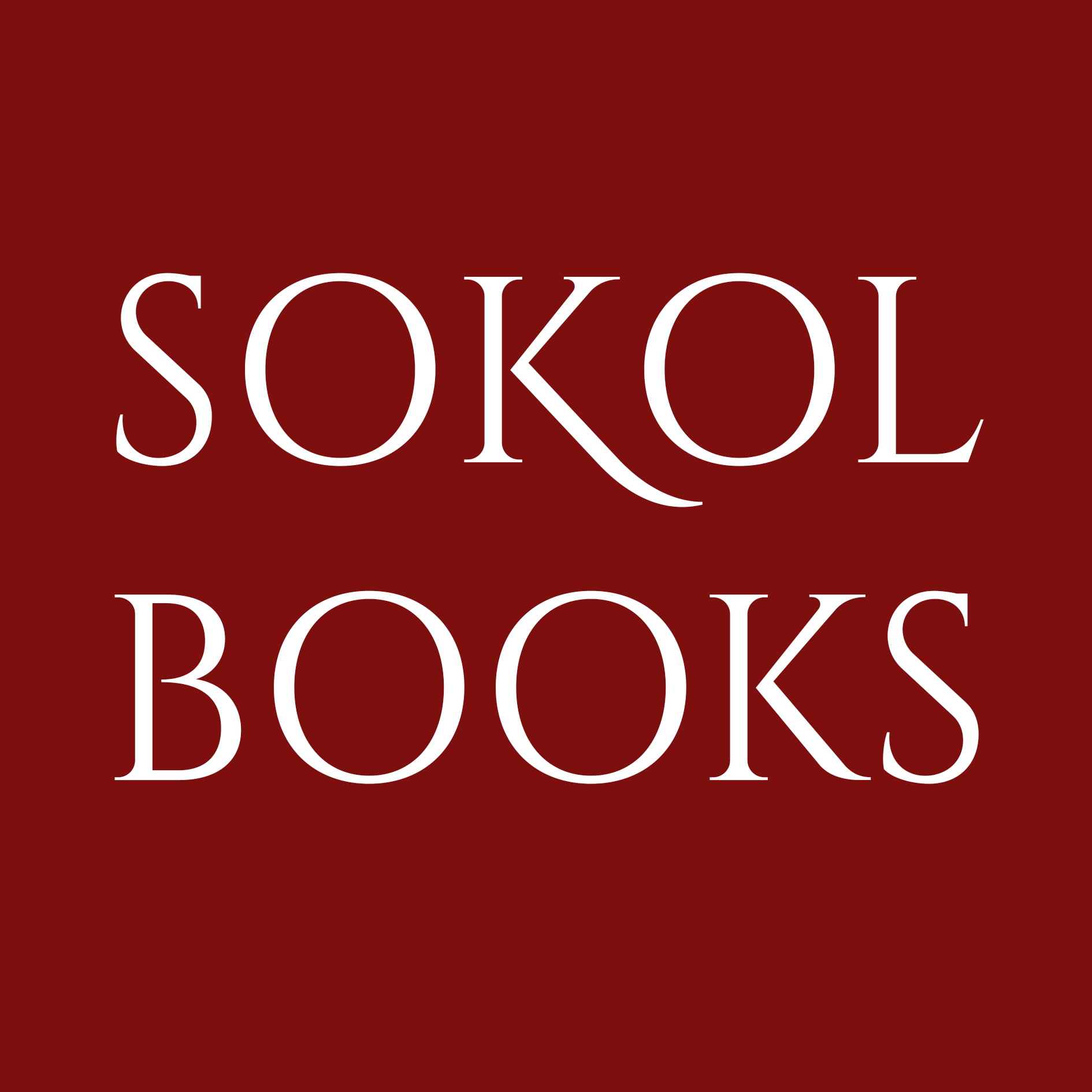CARDANO, Gerolamo [with] CARDANO
CARDANO SAMMELBAND
De methodo medendi. (with) De causis signis, ac locii morborum.
I. Paris; II. Basel, I. in aed. Rouillii; II. Sebastian Henricpetri, I. 1565; II. 1583£2,250.00
FIRST EDITION OF FIRST WORK. 8vo. 2 works in 1. pp. (xvi) 393 (xiv) [i]; (xvi) 244 (viii). Roman letter with italic. First work with woodcut printer’s device to t-p, typographic border, woodcut initials and headpieces. Divisional t-p to second part with woodcut device but no border; second work with printer’s device to t-p and verso of final leaf. T-ps and margins ruled uniformly in red throughout. Later plain calf (C17th), boards with double fillet border, gilt, spine gilt in compartments with double fillets and roll tool to raised bands, head and foot of spine, gilt, titles lettered directly in two compartments, gilt. Somewhat rubbed and bumped with slight losses from corners and head and foot of spine, slightly cracked at joints, edges sprinkled red. 17th-century ms. to front pastedown and verso of ffp, ‘Ex libris Antonin Bertin DM.’ Age yellowing, one quire of second work browned, very good copies of both works.
A sammelband of two works by the Italian polymath Gerolamo Cardano (1501-76), including the first edition of his De methodo medendi. The second is a posthumous edition of De causis signis, a diagnostical work first published in Bologna in 1569. The first part of the Methodo medendi sets out in a series of short chapters various rules and methods for medical treatments, broadly along humoral or Galenic lines; the second part deals with harmful substances and plants and details their medical uses, and has sections on ‘miraculous cures,’ diagnostics, difficulty breathing, the circulation of blood, treatment of leprosy, pain, gum disease and arthritis. The second work is more purely concerned with diagnostics, listing various complaints and describing their causes and symptoms. Cardano, whose works ranged from mathematics and philosophy to astrology and prognostication, practised and taught medicine throughout his life; having studied at the University of Padua he was eventually accepted by the College of Physicians in Milan in 1539, after which he taught medicine at the universities of Pavia and Bologna. In 1552 he travelled to Scotland to treat the asthmatic Archbishop of St. Andrews, John Hamilton (1512-71) (the section on difficulties with breathing being one of the longest sections in De methodo medendi, complete with specific recipes), which spread fame of his medical abilities throughout Europe.
First work: not in Heirs of Hippocrates; Wellcome I, 1279; NLM 843; Adams I, C 661. Second work: not in Heirs of Hippocrates; not in Wellcome; NLM 839; Adams I, C 658. Neither work in Osler.

![CARDANO, Gerolamo [with] CARDANO](https://sokol.co.uk/wp-content/uploads/2025/08/Cardano-L4407-2.jpg)
![CARDANO, Gerolamo [with] CARDANO - Image 2](https://sokol.co.uk/wp-content/uploads/2025/08/Cardano-L4407-3.jpg)
![CARDANO, Gerolamo [with] CARDANO - Image 3](https://sokol.co.uk/wp-content/uploads/2025/08/Cardano-L4407-4.jpg)
![CARDANO, Gerolamo [with] CARDANO - Image 4](https://sokol.co.uk/wp-content/uploads/2025/08/Cardano-L4407-1.jpg)
![CARDANO, Gerolamo [with] CARDANO](https://sokol.co.uk/wp-content/uploads/2025/08/Cardano-L4407-2-324x458.jpg)